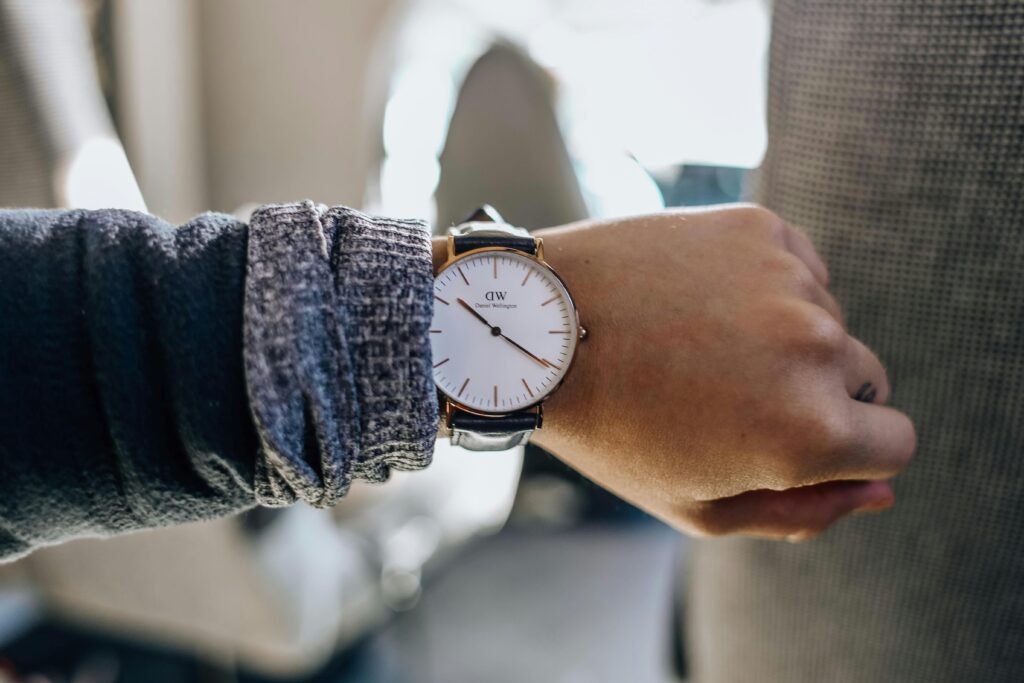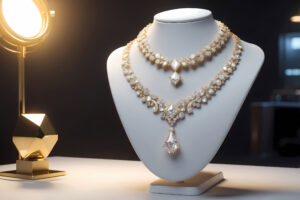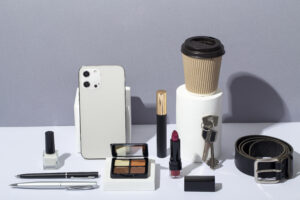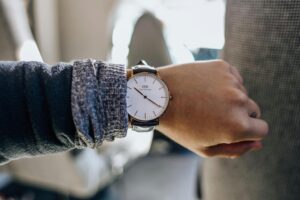Buying second-hand luxury items online can feel like a smart move—you save money, find rare pieces, and skip long waitlists. But one wrong step, and you could end up with a fake handbag, a tampered watch, or a long dispute with no refund in sight.
Even when you buy from so-called “verified sellers,” the risks are real. So how do you shop safely in 2025 without second-guessing every purchase?
This blog breaks it down—what to watch for, what to check, and how Trulux-powered platforms are giving buyers real peace of mind.
The Biggest Risks When Buying Second-Hand Luxury Items Online
Let’s be honest. The resale market is booming—and so is the market for fakes.
According to Entrupy, over $1.4 billion worth of luxury items were authenticated in 2023—and nearly 9% were counterfeit. That’s a sharp reminder that not everything that looks real, is real.
Even if you’re buying from a platform that claims to “verify” items, here’s where things often go wrong:
1. Fakes That Fool the Eye
Counterfeiters now use genuine materials, 3D logo molds, and near-identical packaging. Even trained professionals get it wrong sometimes. Serial numbers, receipts, and certificates can all be faked.
2. Trusted Sellers Aren’t Always Right
Someone with a 5-star rating may not know they’re selling a fake. They might’ve bought it secondhand too. Good intentions don’t guarantee authenticity.
3. Photos Are Misleading
Product images don’t show material quality, weight, or stitching precision. Stock photos are often reused. What you see isn’t always what you get.
4. Returns Can Be a Headache
If you buy a fake, proving it—and getting your money back—isn’t always easy. Some platforms have weak return policies or side with the seller if you can’t prove the issue with a professional report.
What Every Buyer Should Check Before Paying
You don’t need to be an expert, but you do need to be smart. Before you spend thousands on that designer piece, here are a few things to always review:
Seller Credibility
- Check if the seller has a consistent sales history—not just a few reviews.
- Avoid listings that are vague, rushed, or have only a few blurry photos.
Product Specifics
- Ask for detailed photos: front, back, corners, tags, interior, hardware, serial codes.
- Look for spelling errors in engravings or misaligned logos.
- Request proof of purchase if they claim it’s store-bought.
Platform Guarantee
- Does the platform offer authentication?
- Is there buyer protection in case the item is fake?
- Are returns allowed if authenticity is challenged?
But here’s the truth: even doing all these checks doesn’t guarantee the item is real. That’s why more buyers are turning to tools that make the process foolproof.
How Instant Authentication and Digital Product Passports Change the Game
The most reliable way to verify a second-hand luxury item today isn’t through guessing or paperwork—it’s through automated, physical product verification. And that’s exactly what Trulux enables.
So how does it work?
Trulux uses advanced multimodal sensing technology to scan the physical item at a microscopic level. It doesn’t rely on photos or serial numbers—it reads the material structure, surface reflections, stitching alignment, and even light behavior through sensors.
This AI-powered analysis can:
- Spot inconsistencies invisible to the eye
- Compare the scan to thousands of verified real and fake models
- Deliver a clear result—authentic or flagged—in seconds
Once verified, Trulux can instantly generate a Digital Product Passport (DPP)—a secure, tamper-proof record linked to that exact product. This includes:
- Proof of authenticity
- Production data
- Ownership history
- Material and model-specific info
It’s like a permanent identity for the item, which travels with it for future resale, repairs, or insurance.
No guesswork. No debates. Just facts.
Where to Shop Second-Hand Luxury Items Safely: Trulux-Powered Platforms
Not all resale platforms are created equal. Some simply rely on visual inspection. Others outsource checks to freelancers. A few take things seriously—using Trulux to scan and verify items before they ever reach the buyer.
When you shop on a platform that uses Trulux authentication:
- Every item is scanned and verified physically—not just visually
- A DPP is attached to the item, proving its authenticity
- You’re protected not just by policy, but by data
- Sellers can’t just claim something is real—it has to pass the scan
Look for platforms that highlight sensor-based AI verification, not just “expert checks.” It’s the new standard in resale safety.
The 2025 Safe Checkout Checklist (Step-by-Step)
Before buying any second-hand luxury item online this year, go through this quick checklist:
Step 1: Is the platform reputable?
Make sure it offers buyer protection, verified listings, and support.
Step 2: Is the seller detailed?
Genuine sellers usually give clear photos, receipts, and answer questions quickly.
Step 3: Does the item come with authentication?
Look for platforms that use sensor-based authentication—ideally Trulux.
Step 4: Ask for the Digital Product Passport
If the item has a Trulux DPP, that’s a green light. It confirms the product’s history and proof of origin.
Step 5: Read return policies
Make sure you can return the item if anything is off—even after delivery.
Step 6: Take screenshots of everything
Listing details, messages, and images—always keep proof until you’ve verified the item.
The Bigger Picture: Why This Matters Now
The second-hand luxury market is growing fast—but so are the risks. Counterfeiting is no longer a small issue. In fact, it’s costing the global economy about $2 trillion annually, with luxury fashion being one of the most affected sectors.
At the same time, leading resale platforms are turning to AI for safer, faster authentication. For instance, The RealReal, a top luxury resale company, recently reported that investing in AI has helped them cut authentication processing times by 10%. That kind of improvement shows how effective and scalable AI-powered tools can be in this space.
And Trulux is one of the platforms pushing this forward—combining sensor-based scanning, AI validation, and tamper-proof digital passports to bring safety and trust back into the buying experience.
Conclusion
In 2025, the safest way to buy second-hand luxury online is simple: only trust platforms that use AI-driven authentication like Trulux and issue Digital Product Passports. It’s not about relying on photos or seller promises anymore—it’s about relying on data.
Image credits: Photo by Rachel Claire: https://www.pexels.com/photo/close-up-of-wrist-watch-on-person-s-hand-7263465/







